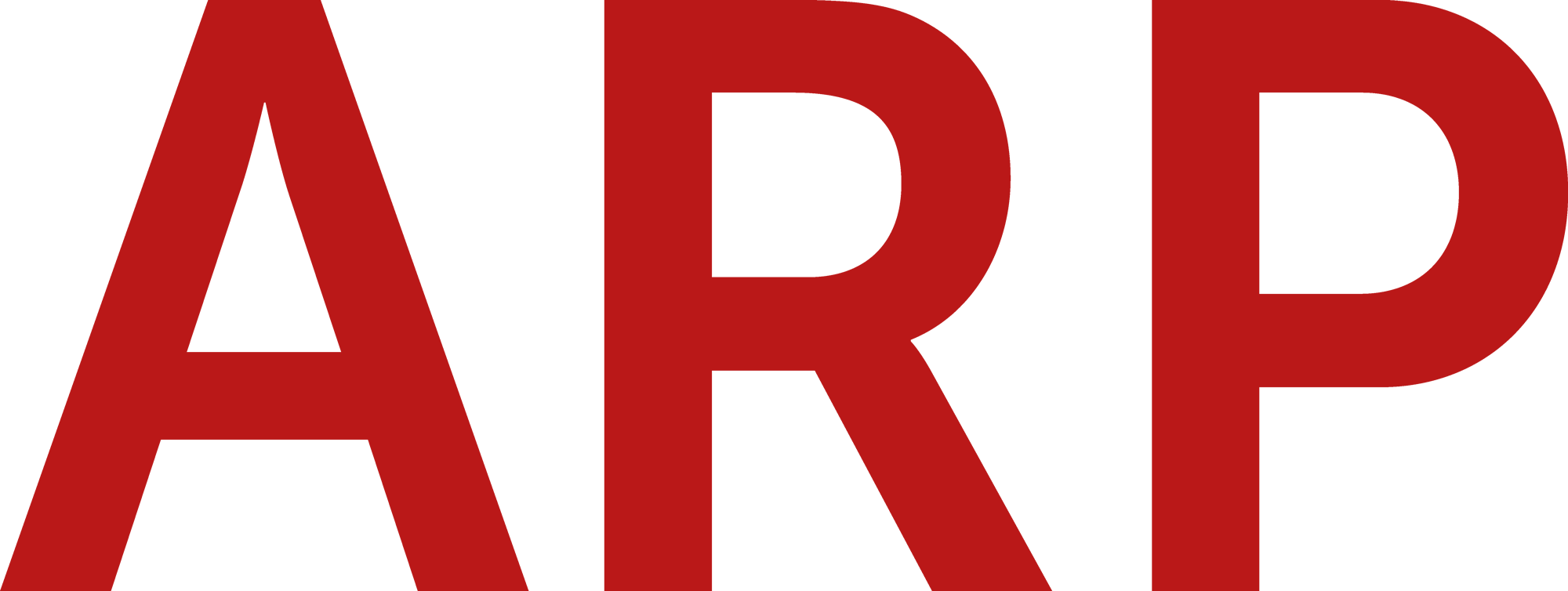2022
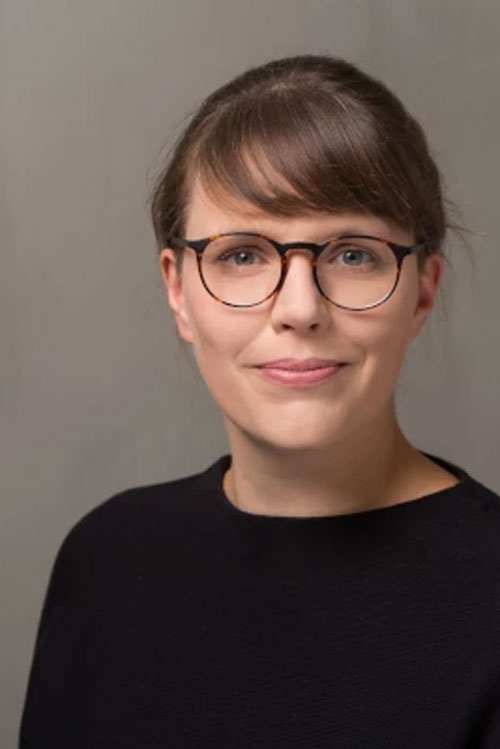
UTE FAMULLA
Hans Arp as Exhibition Organizer
The first exhibition organized by the Moderne Bund was held in Luzerne in 1911. With its focus on contemporary French artistic approaches, shown alongside work by members of the artists’ group, the show was an important step in publicizing modern art in Switzerland. Hans Arp and Oskar Lüthy acted as exhibition organizers. In the subsequent exhibition in Zurich in 1912, the emphasis shifted from French artists to the Blue Rider, whose exhibitions the young Swiss artists had seen and to whom there was a direct connection through Paul Klee. The third and final exhibition, which was held in Munich and Berlin in 1913, was also organized in this manner. Once again, Arp played a significant role in its conception. The Moderne Bund’s exhibitions were programmatic stages for modern art, which were decisively oriented toward recent developments in France and later in Germany as well. Klee, who was above all taken with Hans Arp, also wrote that the second exhibition “is . . . not an experiment . . . but a confession.”
In this planned research project, the exhibitions that Arp co-organized will be researched and analyzed, expanding our understanding of Arp’s position in the modern movement through the consideration of yet another medium of communication. His active participation in various artists’ groups and his general interest in new forms of artistic expression serve as the backdrop for this research. Particular attention will be paid to various artistic approaches, especially in the context of group exhibitions.
In addition to the Moderne Bund exhibitions, the project will address the show Abstrakte und surrealistische Malerei und Plastik (Abstract and Surrealist Painting and Sculpture, Zurich, 1929), forging a connection to the subject of the applicant’s postdoctoral project. This aims to illuminate the cultural and theoretical ideas of the Neue Optik (New Optic), which was, among other things fundamental for the programmatic exhibitions Film und Fotografie (Film and Photography, Zurich and elsewhere, 1929) and Abstrakte und surrealistische Malerei und Plastik (Zürich 1929). In planning this double exhibition, Sigfried Giedion, Hans Arp, and László Moholy-Nagy assumed that recent developments in media meant that a new, collective visual culture was imminent, which in 1929 was evident in both progressive art movements as well as science and technology. The exhibitions served as means to the mass dissemination of their concepts and not only made use of artistic methods of visualization but also took up a contemporary art historical line of argumentation by using a comparative perspective. Carola Giedion-Welcker and Sophie Taeuber-Arp, who participated in discussions about universal design, also played a decisive role in generating ideas.
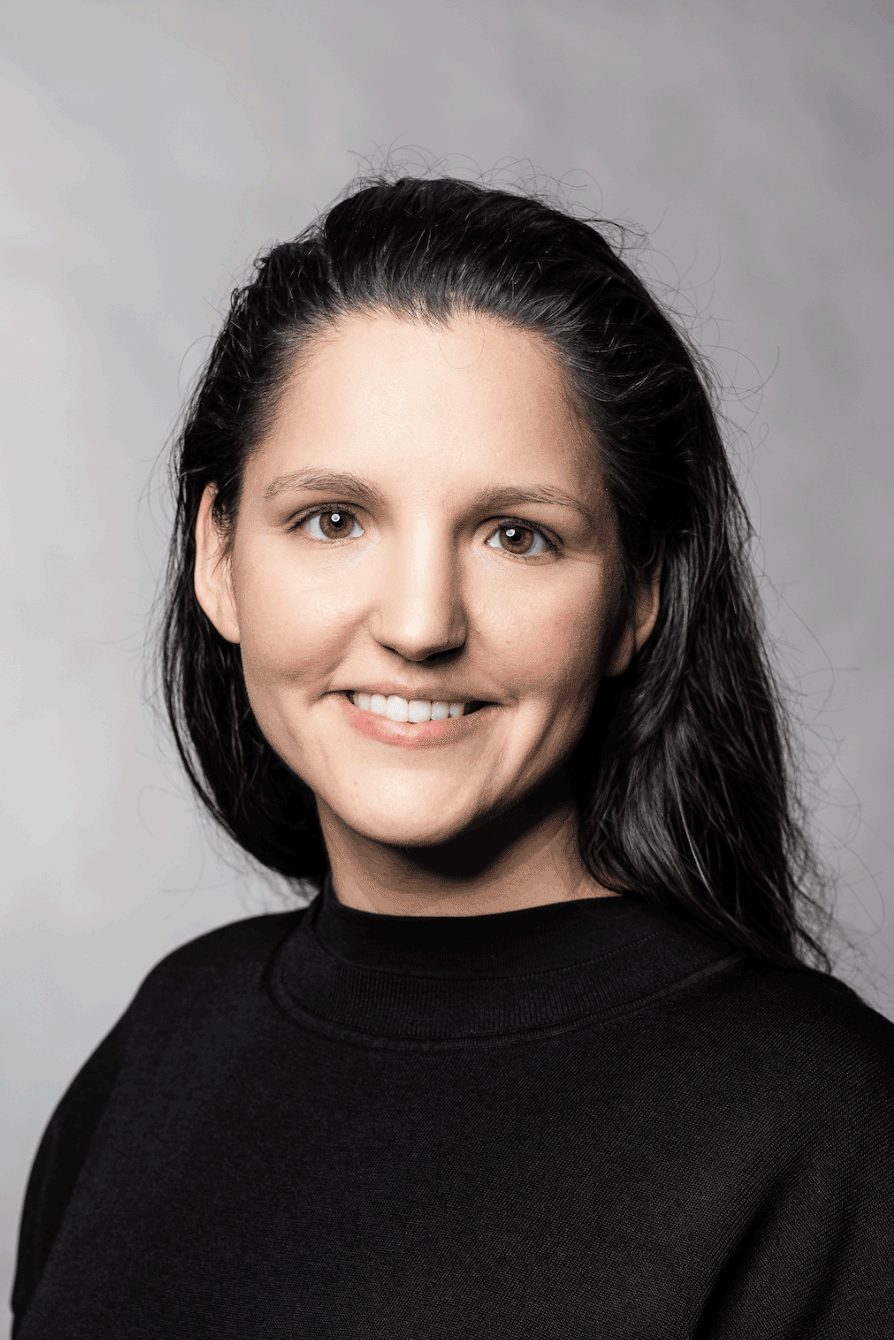
JULIA KELLER
Hans Arp (1886–1966) & Sophie Taeuber-Arp (1889–1943)
The Influence of Hans Arp and Sophie Taeuber-Arp on Artists in The Second Half of the Twentieth Century: The Swiss Artist Heidi Bucher as a Case Study
In my research project, I would like to take an in-depth look at both Hans Arp as well as Sophie Taeuber-Arp in order to explore the influences of their work on the Swiss artist Heidi Bucher (1926–1993). The aim is to contribute to an understanding of their artistic significance for a younger generation of artists while providing new perspectives on the work of these pioneers of abstraction.
The proposed research project will be undertaken in the context of my dissertation on the artist Heidi Bucher. The significance of her oeuvre, which is being thoroughly examined for the first time, is increasingly recognized. This engagement with works by Arp and Taeuber-Arp is key to understanding Bucher’s oeuvre, with its novel combination of abstraction, nature, and physicality. Against this backdrop, I would like to use my research stay in Berlin to investigate the methods of abstraction developed by Arp and Taeuber-Arp. In the case of Hans Arp, I am particularly interested in the artistic praxis of the “cut-out” and its conceptual relationship to tailoring. Further, I would like to explore the extent to which applied arts—especially textiles and their close relationship to the human body—served as a conceptual foundation for Sophie Taeuber-Arp’s abstract artworks. Finally, my project is intended to contribute to the current reassessment of textiles in twentieth-century art. The Haus der Kunst in Munich recently dedicated an extensive retrospective to Heidi Bucher (Heidi Bucher: Metamorphoses, September 17, 2021–February 13, 2022)
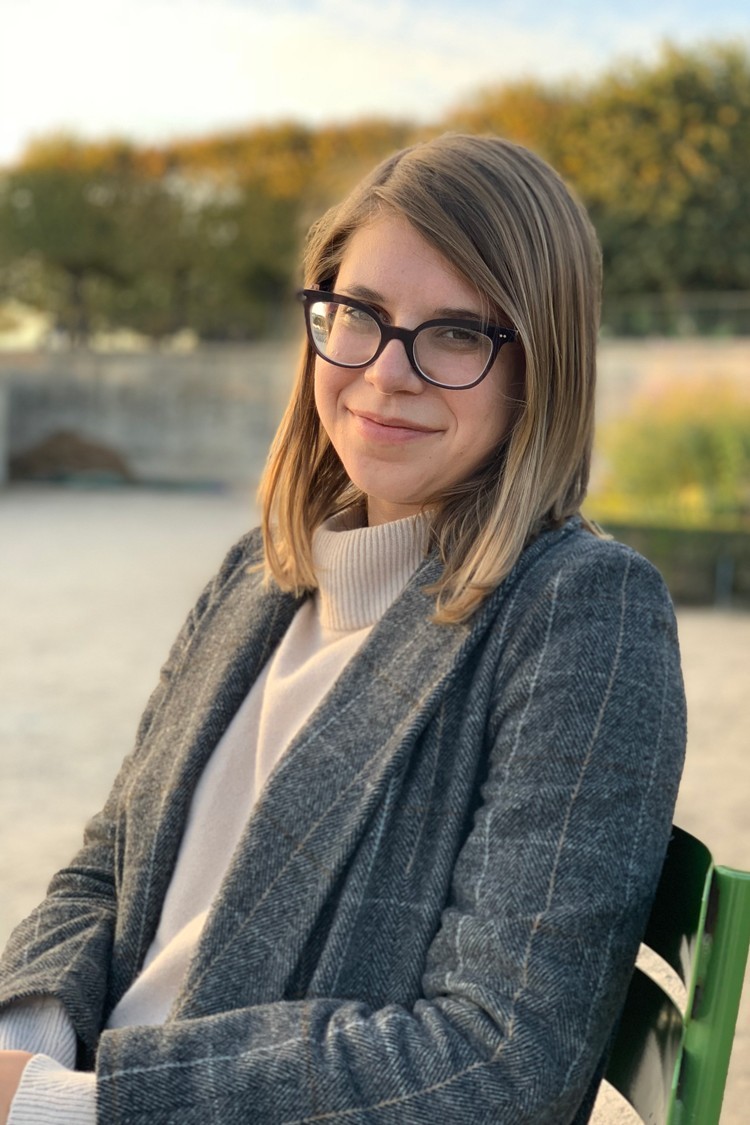
TALIA KWARTLER
Sophie Taeuber Arp: Material as Multiple
This research project centers on the multiple possibilities of Sophie Taeuber-Arp’s materials. It forms the second chapter of a larger postdoctoral project, “Architectures of the Avant-Garde,” which explores how diverse materials led five women avant-garde artists—Sonia Delaunay, Sophie Taeuber-Arp, Suzanne Duchamp, Nelly van Doesburg, and Anni Albers—to develop new artistic languages. In the case of Taeuber-Arp, her materials were never simply about one thing, but rather, they shift and morph across the many media she used—from textiles and beadwork to dance and fashion to painting and architecture. Beginning this post-doctoral project during a research fellowship at the Stiftung Arp means that the chapter dedicated to Taeuber-Arp’s rich and innovative body of work will lay the foundation for the project’s broader questions.
So, what does it mean for a material to be multiple? And how does this notion relate to Taeuber-Arp? I approach this idea as a metaphorical, materially focused, and object-oriented line of inquiry. I contend that the materials of an artist are very much things from the everyday world, yet they also convey more figurative qualities. The idea of a material as multiple connotes these different veins of exploration. A material can be multiple things within a work of art, and it can also multiply as it spreads across a larger body of work. This is especially true in Taeuber-Arp’s art and has been made readily apparent by the recent retrospective Sophie Taeuber-Arp: Living Abstraction (2021–2022). This exhibition conveyed the vivid interrelation between Taeuber-Arp’s work across media and the close connection between her diverse materials and forms.
One of the larger ambitions for this project, which draws upon dialogues between curators and conservators, is to develop a new system for this type of collaborative scholarship on the materials of the avant-garde. This research project delves into the interplay between Taeuber-Arp’s materials by focusing on the elements populating her art that operate between media. The geometries that make up her work—circles, squares, lines, and rectangles—offer the structure for this study. They are a grounding aspect of her art and remain constant even as her materials shift and evolve. Tracing how these shapes transform from one thing into something else through changes in media illuminates the ways Taeuber-Arp made these aspects manifold in her art. Studying Taeuber-Arp in the context of her female peers who also worked across material realms reveals how her artistic practice shaped developments in the avant-garde on a wider scale.
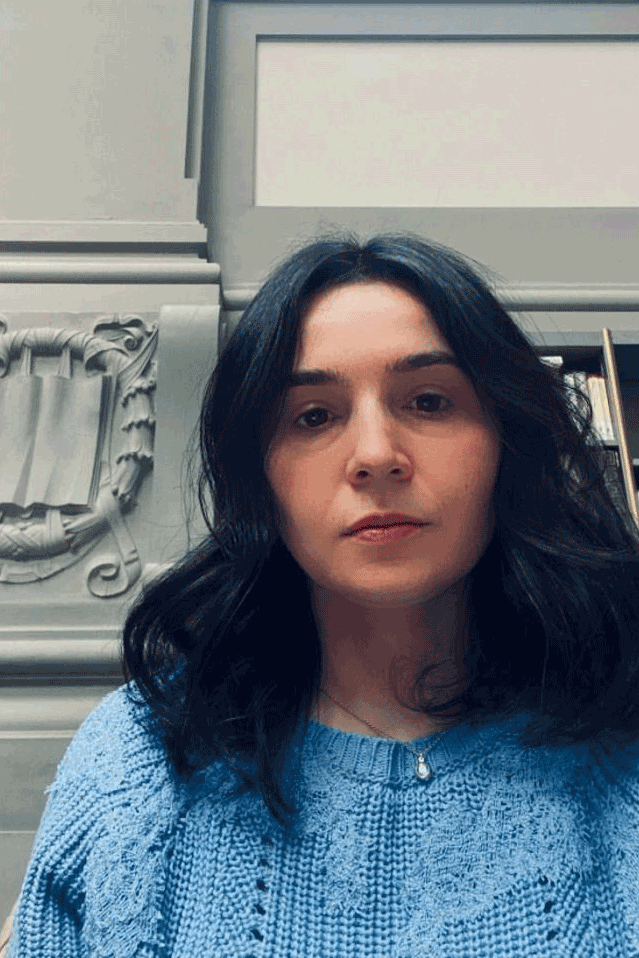
ANNADEA SALVATORE
Dialogue between Sculpture and Painting: Hans Arp and Leone Minassian, an Italian friendship
The research project proposed for the ARP-Research Fellowships 2022 will explore the friendship between two of the greatest artists of the twentieth century, Hans Arp (1886–1966) and Leone Minassian (Istanbul 1905–Venice 1978). After getting to know each other through a correspondence begun in 1952, they met at the twenty-seventh Venice Biennale in 1954, an occasion on which Arp’s significance was recognized with the International Sculpture Prize. This was the beginning of a long-lasting relationship. Minassian—painter and critic—found undeniable conceptional affinities with the sculptor, which had repercussions for his artistic evolution.
In 1962, in the Great Prizes section of the Biennale, Minassian purchased Arp’s bronze sculpture Fruit préadamite, made from a model dated 1938. This exchange of works had been inaugurated by Arp himself, with the purchase of a drawing by Minassian exhibited at the 1954 Biennale. Minassian’s works of the fifties suggest precise references to Arp’s own. A significant quotation from one of the painter’s writings clarifies the importance of this comparison: “My evolutionary process was extremely slow, and I owe the discovery of my most intimate and naïve inclinations to the example of the sculptor Jean Arp.” The Venice of the fifties and sixties was a vital center of acquaintances and meetings for Arp, who in 1961 declared: “Among these friends I could list a whole group of unreasonable artists. I will limit myself to only mention Minassian.” For his part, the Armenian artist stated: “I have known him for a long time, he is the superior man I expected him to be. I have had the supreme satisfaction of seeing my paintings appreciated by him and not in vague terms but with precise arguments. This has been one of my greatest joys. He would like me to make an exhibition in Paris and Switzerland. We will see. In the meantime, I will think about it and work on it.”
Minassian loved Arp’s language, but above all he appreciated his willingness to engage in dialogue, to the point of praising Arp highly as the “ideal teacher.” Systematic research on this mutual relationship and exchange, however, has never been published. The bond between Arp and Minassian went far beyond friendship and cannot be traced back merely to the exchange of works, to the conceptual and stylistic influence that Arp exerted on Minassian, nor to the critical contributions that the latter made on the work of the Alsatian artist. A constitutive affinity between connected these two artists more broadly. They were united by a Weltanschauung that perhaps stemmed from the absence of a binding nexus of cultural identity and from the intellectual freedom that derived from it. Minassian wrote of Arp: “The fascination exerted by his bewitching morphology is immeasurable. Many, after having contemplated his evocations, began to see the aspects of nature with his eyes.”
There is also harmony in the titles of their works, which often refer to animals (Animal de rêve/Bird in Space), flowers and fruits (Fruit de la lune/Exotic Dream Flower), and inanimate objects (La femme amphore/Multiple Amphora). Arp and Minassian shared many creative concerns and greatly admired each other. This research will also take into consideration the network of friendships and professional contacts around the two artists, including the sculptor Alberto Viani—Arp’s well-known heir in Venice—and prominent painters such as Osvaldo Licini. The aim is to understand how fruitful the exchange between Arp and Minassian was, not only for sculpture but also for Italian painting. Perhaps one day their commonalities might be explored in an exhibition.
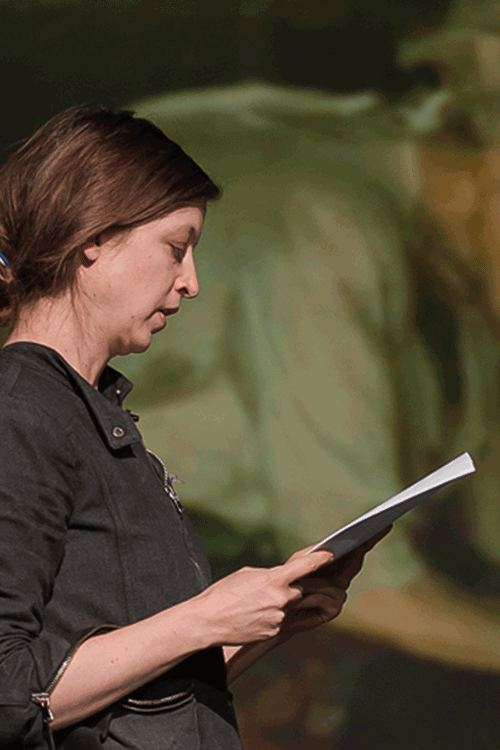
ROMANA SCHMALISCH
“The Last Days of Madness”
The research project “Die letzten Tage des Wahnsinns” (The Last Days of Madness) is part of my new series “Kartographien des Wahnsinns” (Cartographies of Madness), which is dedicated to aspects of mental illness in a social context. Within this framework, illness is not considered as an individual problem but above all an interaction with the social system, that is, as an effect as well as a (disruptive) factor, consequence, precursor or trigger for societal changes.
In my research project “Die letzten Tage des Wahnsinns,” I would like to investigate relationship between the Dadas to insanity and psychoanalysis during World War I. Of particular interest are the forms in which elements and simulations of insanity manifested themselves in Dada—soirées with linguistic, textual, performative, and dance presentations. At the same time, I consider how psychiatry and psychoanalysis became central to the revised 1918 version of the marionette play King Stag. This research focuses on the works of Sophie Taeuber-Arp, her performances, her understanding of movement in the context of space and dance, and her development of the King Stag marionettes.
How did Sophie Taeuber-Arp engage with the subjects of psychiatry, hysteria, and psychoanalysis when devising the marionettes? And what might an updated version of King Stag look like today?
The research conducted during Stiftung Arp fellowship will link historical research on King Stag and Sophie Taeuber-Arp with later critical explorations of Freudian psychoanalysis and reactions to twentieth-century totalitarianism as well as current observations and tendencies. My intention is to create a new artistic interpretation and script version of King Stag.
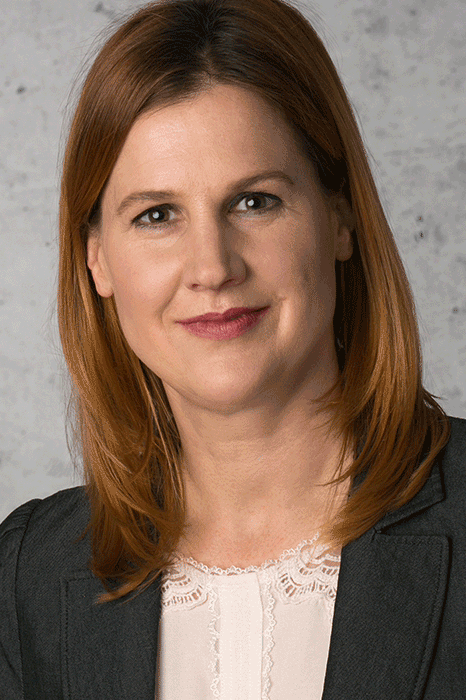
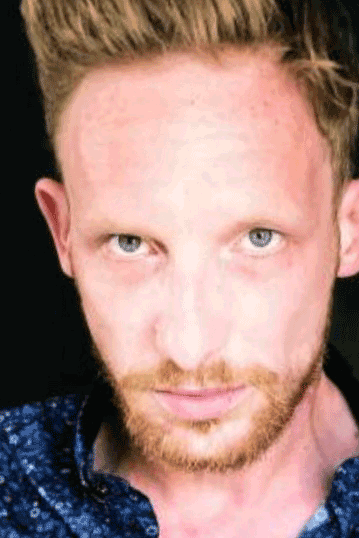
DAGMAR SCHMENGLER UND MICHAL MARKIEWICZ
Where Our Bodies End: Biomorphism and Abstract Art as Legacies of the International Avant-Garde
The influence of the artist couple Hans Arp and Sophie Taeuber-Arp on the development of European art is undisputed. However, the ways in which their work and correspondence served as an impetus for other artists in Central and Eastern Europe, and especially Poland, has received far less attention. The artist couple was active in intermediate avant-garde artists’ networks, which continue to resonate today in international contemporary art, for example in Germany and Poland.
The Polish artist couple Władysław Strzemiński and Katarzyna Kobro provided similarly important stimulus to the international avant-garde; on a mutual basis, these couples came to know and appreciate one other’s work and sought dialogue, which ranged from discussions about abstract art, for instance, to biomorphism. But how are biological forms treated today? Which artistic processes of transformation lend themselves to historical comparison? Is there a relationship between concepts at work today and the historical context of the international avant-garde? And how are biomorphism and corporality to be located in the midst of contemporary intellectual discourses?
This project examines these questions in relationship to the work of contemporary Polish artist Basia Bańda. Her abstract-geometric biomorphic forms are reminiscent of Arp and Taeuber-Arp’s pictorial languages. Further, her works a fairy-tale atmosphere and the grotesque play an important role in her work. She combines these elements to depict life in every facet of its biological vitality—conjuring beauty and monstrosity, joy and fear. Bańda’s motifs seem to float in the air, enveloping the works in a web of associations, as in the highly simplified biomorphic compositions of Arp and Sophie Taeuber-Arp.
